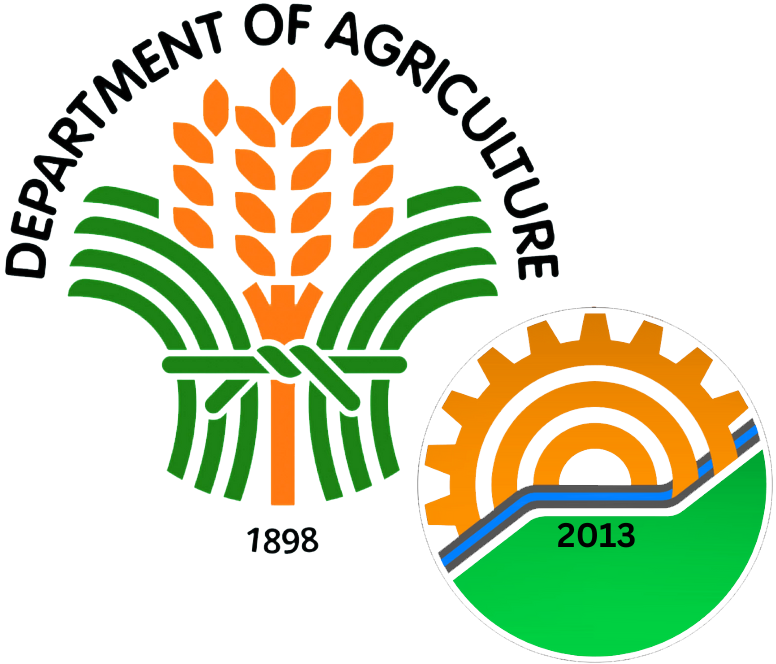

DEPARTMENT OF AGRICULTUREBUREAU OF AGRICULTURAL AND FISHERIES ENGINEERINGSugar Center, Annex II Building Extension, North Avenue, Diliman Quezon City




Quezon City — A promising collaboration between the Institution of Engineers, Malaysia (IEM) and the Department of Agriculture – Bureau of Agricultural and Fisheries Engineering (DA-BAFE) could mark a significant step toward enhancing engineering networks in Southeast Asia. This initiative, if realized, would align with the broader objectives of the Association of Southeast Asian Nations (ASEAN) to foster stronger regional ties, particularly in agricultural and biosystems engineering and technology.

In a recent meeting involving key officials from both organizations, discussions centered on how each party could leverage their expertise and resources for mutual benefit. With Malaysia and the Philippines as pivotal members of ASEAN, the potential partnership could serve as a model for further bilateral and multilateral cooperation within the region, with far-reaching impacts on the agricultural sector.
Malaysia’s IEM, with a membership of over 50,000 engineers across various disciplines, has established itself as a powerhouse in the region’s engineering landscape. The organization conducts numerous activities to support Continuous Professional Development (CPD), including webinars, courses, and conferences. During the discussions, IEM’s agriculture and food engineering division was identified as a key area where collaboration with DA-BAFE could bring substantial benefits.
DA-BAFE, meanwhile, is a regulatory agency responsible for overseeing agricultural machinery and infrastructure. It ensures that machinery complies with established standards through testing and certification. DA-BAFE has also been involved in promoting innovation through precision farming and vertical farming technologies. Connecting with IEM could provide DA-BAFE with greater access to engineering expertise and resources, allowing for more robust research and development initiatives.
DA-BAFE Director Ariodear Rico expressed interest in linking with both IEM and the Malaysian Society of Agricultural Engineers. Emphasizing the importance of building technical relationships across borders, Dir. Rico noted that such a partnership would enable both organizations to exchange knowledge and develop new solutions for the agricultural challenges faced by the region.
The potential collaboration between IEM and DA-BAFE echoes ASEAN’s broader goal of creating stronger networks across member countries. Both nations have faced similar challenges in modernizing their agricultural sectors, and a partnership that taps into shared expertise could accelerate progress.
One area of collaboration that holds promise is research, development, and deployment of agricultural technologies. IEM’s success in organizing technical courses on topics like carbon capture and renewable energy could complement DA-BAFE’s focus on agricultural technology, including their work on precision farming and Internet of Things (IoT) applications for irrigation systems. By combining their resources, both organizations could pave the way for new innovations that would benefit not just their own countries but the broader ASEAN region.
If the partnership moves forward, it could unlock new opportunities for both countries and serve as a catalyst for similar collaborations across Southeast Asia. The resulting advancements in agricultural and biosystems engineering would enhance productivity, promote sustainability, and address critical challenges like food security and climate resilience. Furthermore, this initiative could lead to a broader ASEAN engineering network that supports continuous learning, innovation, and technological advancement in the agriculture sector. The collaboration between IEM and DA-BAFE has the potential to redefine regional cooperation, offering a blueprint for how engineering institutions can work together to modernize agriculture and contribute to the overall development of ASEAN. In an era where technology and sustainability are paramount, such partnerships are not just beneficial—they are essential. ###DA-BAFE ICTST
As of
As of
As of




All contents are in the public domain unless otherwise stated.
Learn more about the Philippine Government, its structure, how Government works and the people behind it.

Sugar Center, North Avenue, Diliman, Quezon City.
